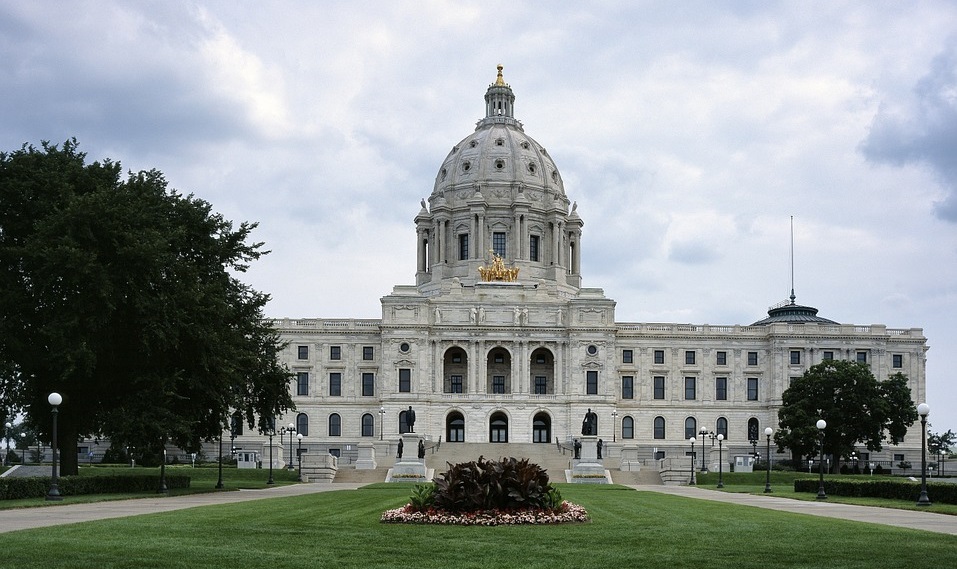Minnesota
Lower surplus sets up battle lines in Minnesota budget fight

ST. PAUL, Minn. (AP) — Slowing economic growth and a deepening shortage of workers has shrunk Minnesota’s projected budget surplus to just over $1 billion, administration officials said Thursday, leaving lawmakers nearly $500 million less to work with as they begin the struggle over the state’s next two-year budget.
Gov. Tim Walz and other Democratic leaders said the updated forecast shows the need for more spending on education and infrastructure — as well as stepped up efforts to woo workers from other states — to grow the base of taxpayers. But Republicans said Minnesota’s high taxes are the problem, and that the tax hikes Walz has proposed on gasoline and other items will only choke off growth and make the state less attractive.
“We must make investments that continue economic growth, and my investments in education, jobs and transportation will do just that,” Walz said at a news conference Thursday.
The governor was touting the $49.5 billion budget and the $1.27 billion public construction borrowing plan that he announced over the past two weeks. The governor also said his administration will now go through his budget “line by line” to see if anything needs to be tweaked.
One of Minnesota’s main problems, as outlined by Budget Commissioner Myron Frans and his team, is that national economic growth is projected to slow over the next two years, reducing projected individual income tax revenue growth for the 2020-21 budget from the forecast he released in December.
“Those are not the numbers I’d prefer to see, but they’re numbers we can manage and work with,” Frans said.
At the same time, they said, Minnesota’s unemployment rate is so low — while retirements among baby boomers are accelerating — that the lack of qualified workers is hampering the ability of businesses to grow. State Economist Laura Kalambokidis said it will be important to lower barriers to entering the workforce, to make the state attractive to outside workers, and for employers to offer higher wages and more flexible workplaces.
“We do not have a deep bench of people on the sidelines in Minnesota, but we do need to make sure that everyone has an opportunity to join this workforce,” Kalambokidis said.
The updated forecast is now the starting point as legislative leaders begin negotiating spending targets and hammering out a final budget before the session adjourns in late May.
Democratic House Speaker Melissa Hortman said the forecast shows the need to “double down” on spending for education to keep the workforce strong. And she noted that the forecast suggests the state could slip into a small deficit for the 2022-23 budget. She said the state needs to stimulate economic and workforce growth to ensure sufficient future revenue.
“This is a time to go big on a bonding bill,” Hortman said. “This is a time to go big on transportation investments and create those jobs.”
But GOP House Minority Leader Kurt Daudt argued, while acknowledging he had little evidence, that the biggest problem is that wealthy Minnesotans are fleeing the state for tax havens such as Florida. He blamed a tax increase on upper-income residents enacted under former Gov. Mark Dayton.
Republican Senate Majority Leader Paul Gazelka said significant spending increases during a downturn are unwise. He compared the lower revenue forecast to having to tell his wife he was facing a salary cut of 1 or 2 percent.
“What we would not do is immediately go out and binge spend,” Gazelka said.







